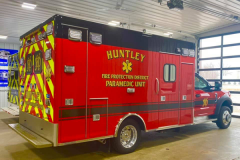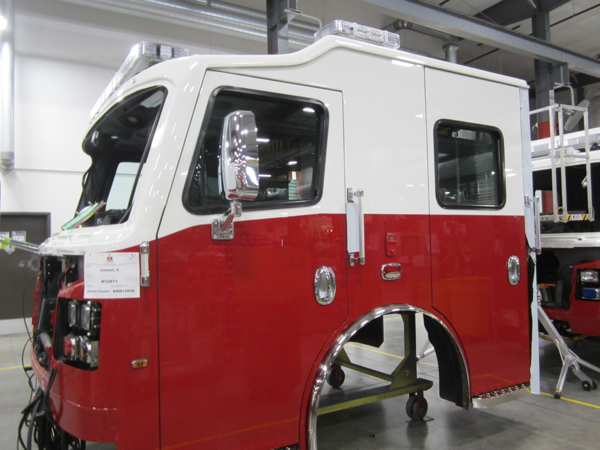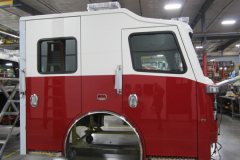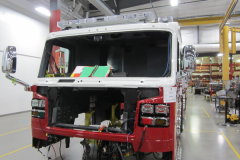From the Huntley Fire Protection District Facebook page:
Members of the apparatus committee traveled to Rock Rapids Iowa Thursday to take possession of station two’s new ambulance. Arrow Ambulance specializes in remounting new chassis to existing work boxes which saves the fire district a substantial amount compared to buying an all new ambulance. To learn more about the benefits of remounting follow the link.

Huntley FPD photo


































